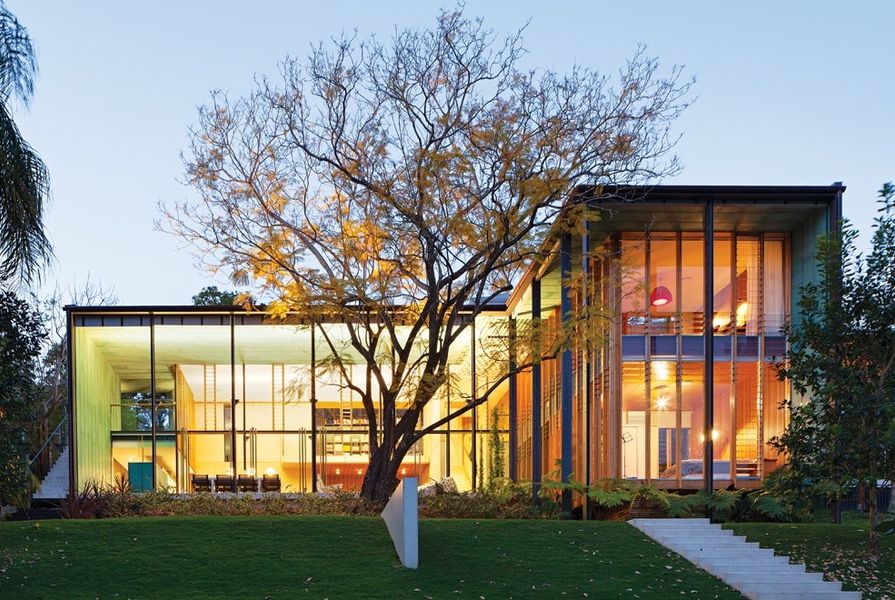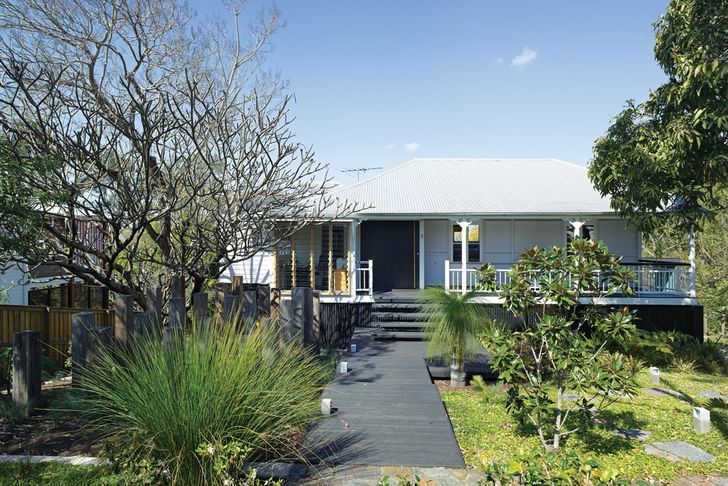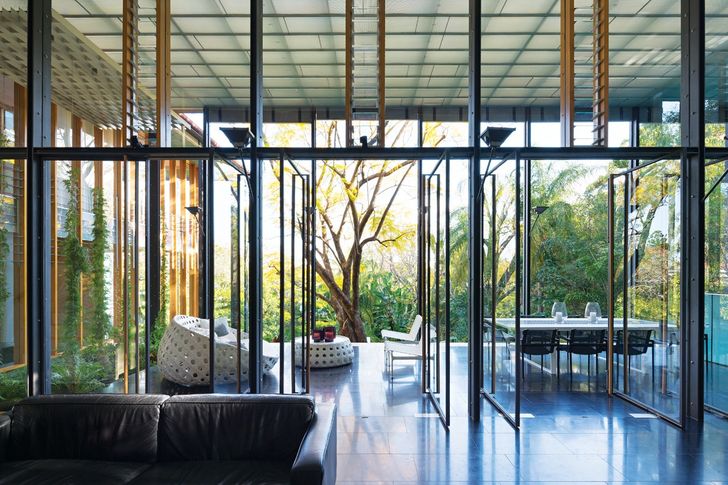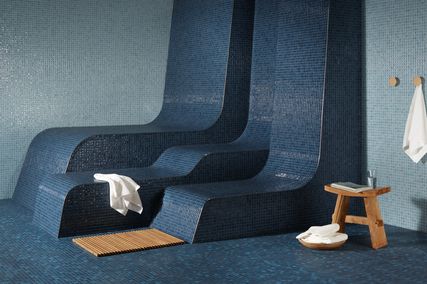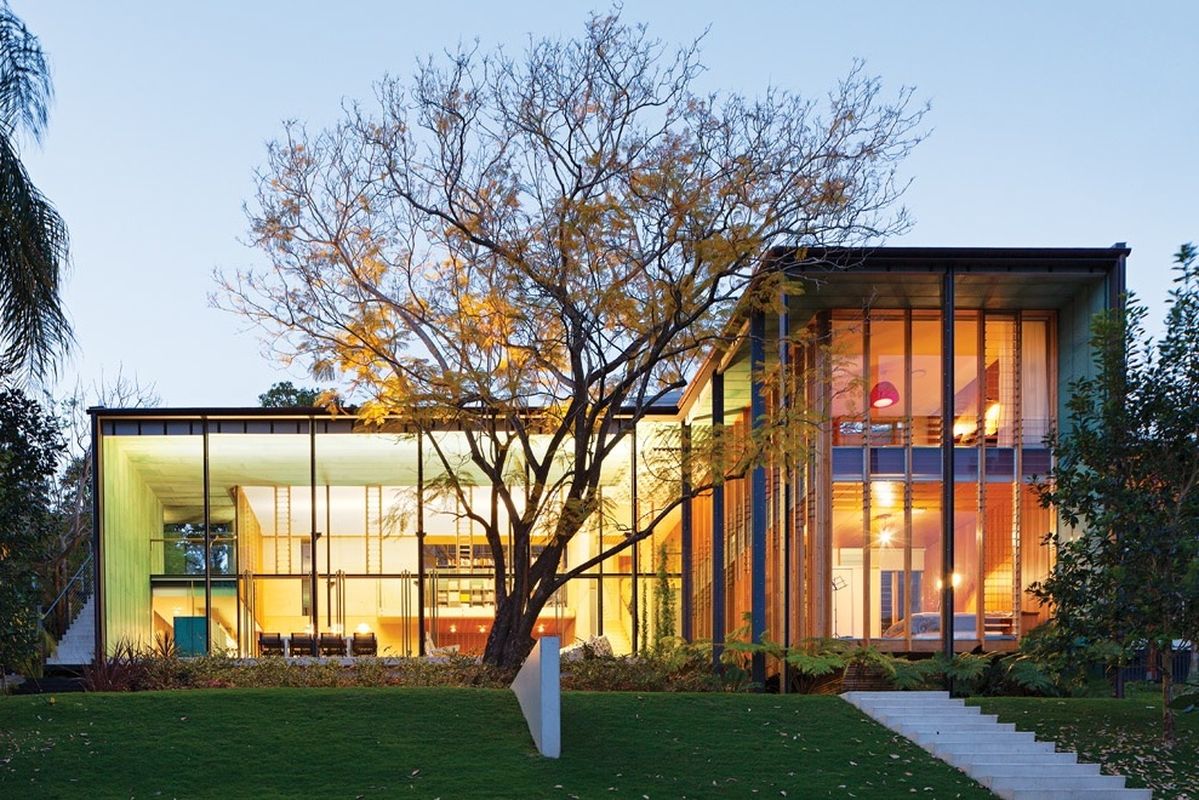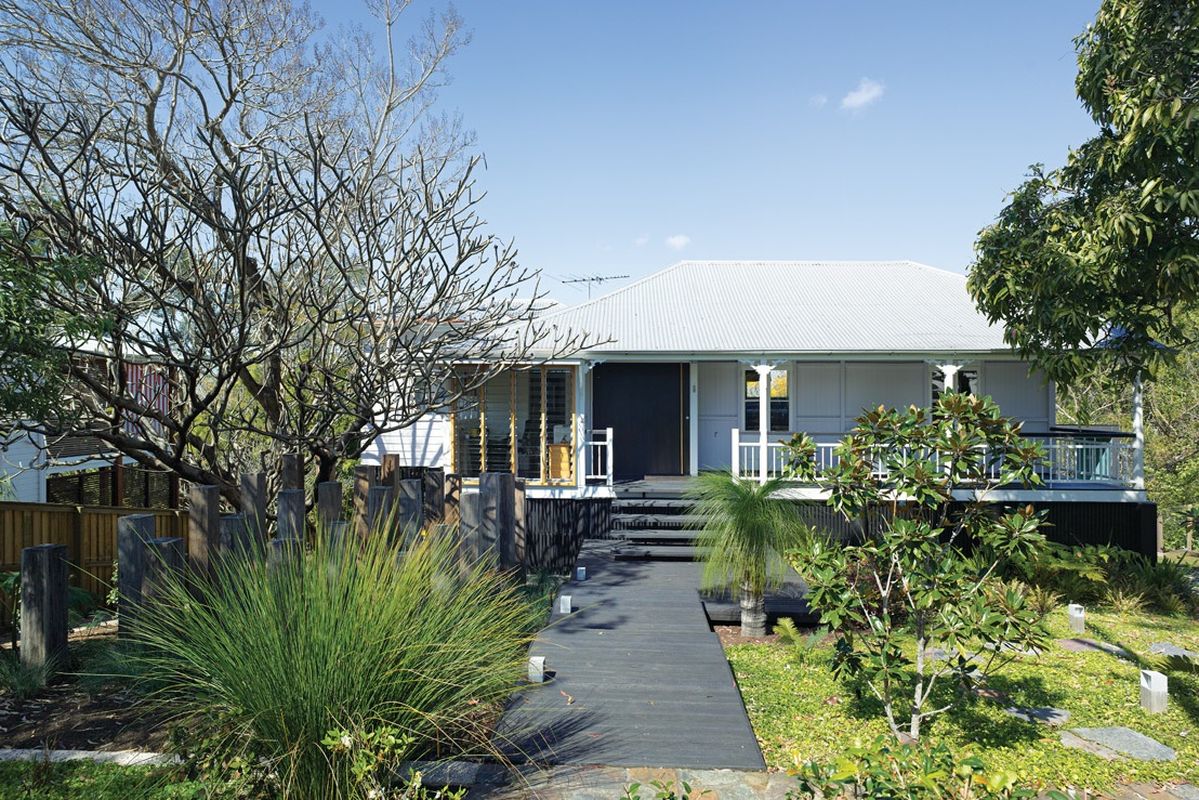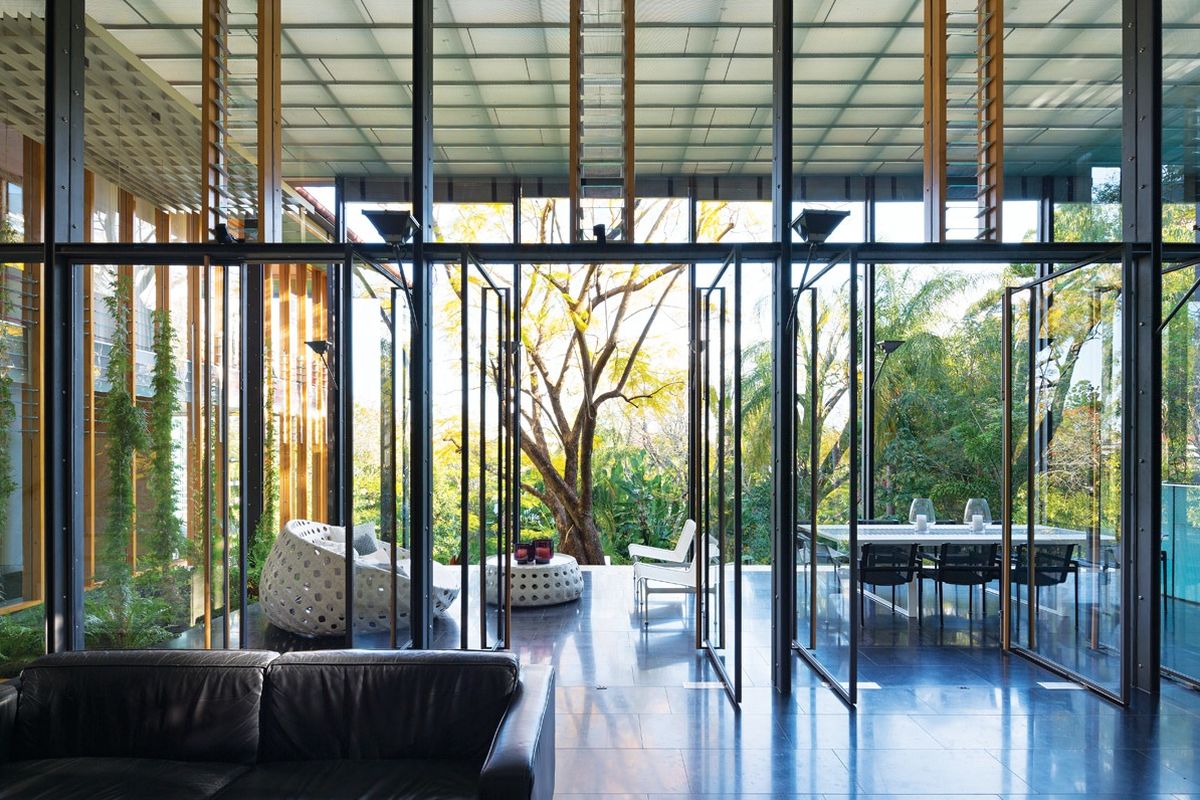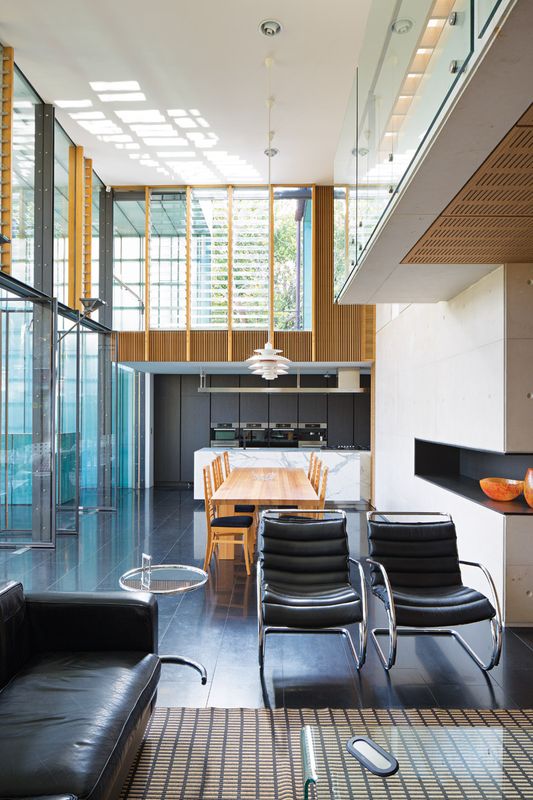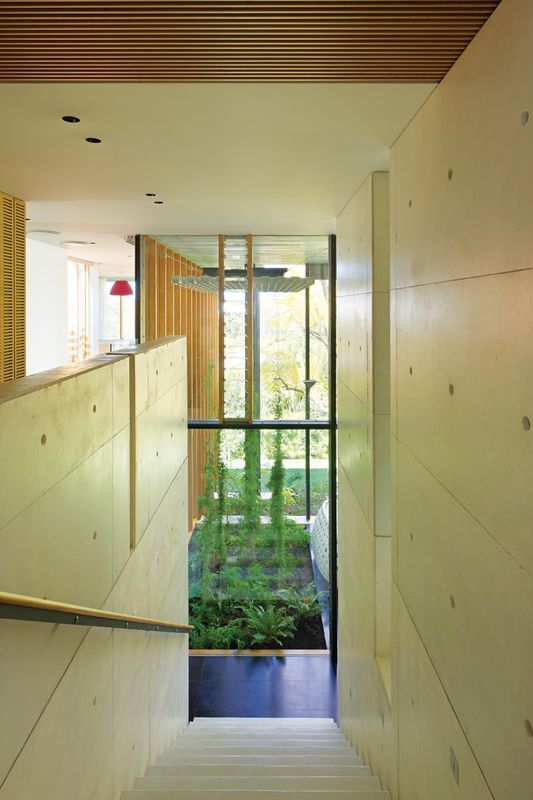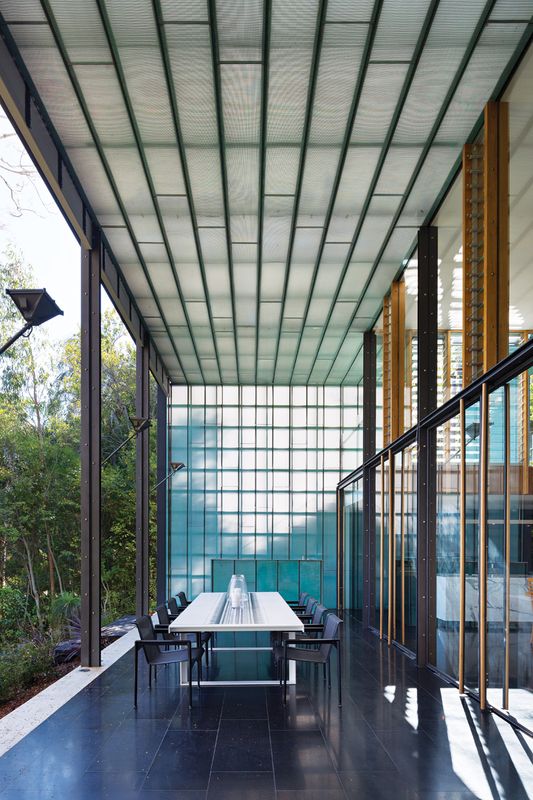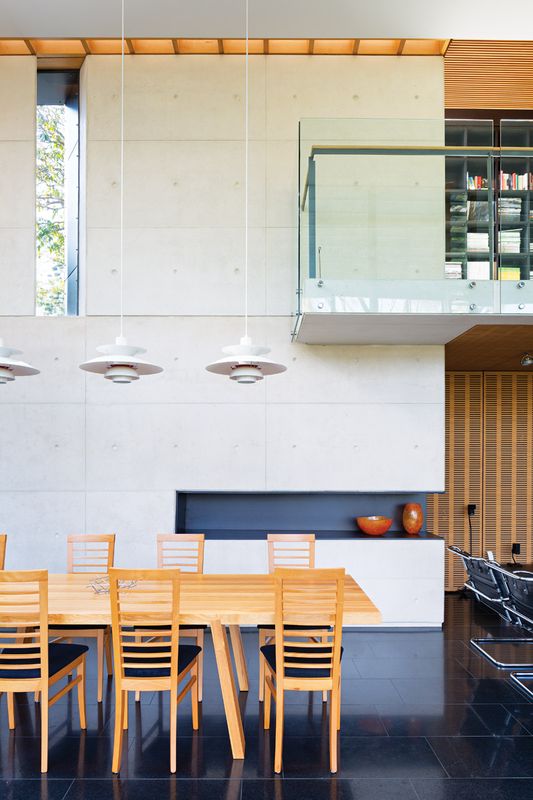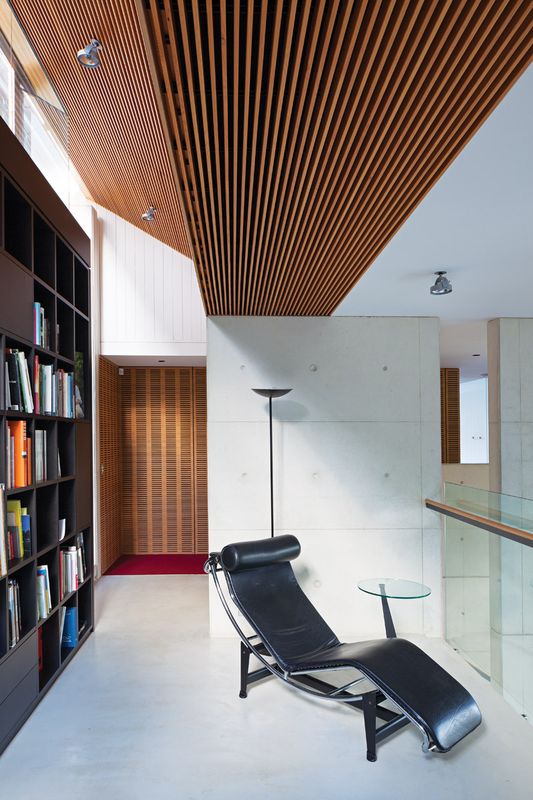While backpacking in Germany many years ago, Con and Mary Zahos spent their last pennies on a Walter Gropius-designed Rosenthal tea set. It is a sleek composition of black and white porcelain; its minimalist lines set to survive any fashion ephemera of coming centuries. The couple’s acquisitive act of love (and sacrifice of pragmatism) set the pace for a lifetime of collecting, and celebrating, their twentieth-century heroes.
More followed, with pieces by Cassina and Bauhaus favourite Marcel Breuer sitting alongside an abiding passion for the functionalist works of the Internationalists, and Santiago Calatrava and Renzo Piano. What, then, can become of such passions, and such a collection, bristling with importance in its own streamlined way, in the confines of a pretty Queenslander home? How does one house these minimalist treasures within the decidedly textured, decaying layers of old painted timber and decorative embellishments?
The conjunction of modernism and historicism has been cleverly conceived in Con’s remake and extension of his and Mary’s prewar home, and despite his collection, it derives from a preoccupation with function rather than aesthetics. An engaging grafting-together of old and new components – “bookends” as Con refers to them – is conceived to orientate new living zones to an Arcadian expanse of grassed terraces.
The original house sits on a high ridge among “prestigious” historic neighbours of a similar ilk, their wide verandah petticoats and latticed edges tucked under distinctive pyramid roofs. Retaining the way the home addresses the street and connects to the history of the area was imperative. The site falls away steeply at the rear, to a forested creek and neighbouring bushland. Finding a connection to the ground level was the driving force in the quest for extended family space.
Historical and street connections are retained.
Image: Christopher Frederick Jones
“The main advantage of this site is the landscape at the rear, and the creek below and dense vegetation spine,” says Con. “We wanted to take advantage of that and connect the living area to the ground, rather than living off a high, suspended deck.” The Zahoses also craved a contemporary built environment. The original home became the formal entry point, using the existing axis from the front gate. It now serves as guesthouse, retreat and secondary office space. And the Rosenthal tea set takes pride of place in a custom-made timber cabinet in its anteroom. A wide concrete stair flanked by piers of off-form concrete inserts its way into the old floorplate from below, forming a continued axis from the front door to the new, grounded living areas.
Glazing and terraces unite living and outdoor spaces.
Image: Christopher Frederick Jones
“The functionality between the old and the new remains distinct,” says Con. “The public and private, the street and the backyard, the visitor and family spaces, the entry and living zones are all separate components.” The original kitchen at the rear of the house was demolished and exchanged for a wall of glazing that looks into a garden void between new and old structures. Tall trellises support climbing vines between the old, glazed box and the new box of blackened fibrous cement. Vistas of the picturesque rear landscape are glimpsed through bands of glazing. The hero view, though, is through the core of the home, down the monumental stair that is the circulation spine, to the landing pad of the main living zone and the broad landscape beyond.
The concrete elements penetrate the descending landscape in fragments – here a stair, there a remnant wall – before giving over completely to nature. An existing jacaranda tree is the anchor to the central spine, and marks the mid-point of the block. Working around the tree, the size of the new floor plate was determined to a degree by its position. The heroic double-storey structure (with 5.2-metre-high ceilings) nestles into the slope and remains discrete from the street, behind the original home. For those in the know, and close friends and family, a new front door has been placed at the top of the new structure, adjacent to the garage and the garden void.
Living spaces are flanked by a split-level stacking of bedrooms on the east, which overlook or open onto gardens. Wrapped in double-height glazing, the bedroom wing is punctuated by elegantly thin timber structural mullions that establish a repeating pattern around the garden spaces. Perforated copper sheeting, already aged to verdigris, wraps over the solid walls and eaves, and around the outdoor terrace.
“The copper is a subtle material, and I like the idea that you put it up then forget about it,” says Con, who became enthralled by the product when visiting the International Conference Centre in Geneva. The low-maintenance and elemental agenda continues in the fine steel pivoting doorframes, concrete floors and marble benchtops. The project demonstrates a nice pull and push between the design and building processes brought about by a cost-plus contract. As Con says, “I wanted to be able to enjoy working through details, designing as the building was in progress, getting down to the finer points of custom design.”
Taringa House was awarded House of the Year at the 2013 Brisbane Regional Architecture Awards.
Products and materials
- Roofing
- Bluescope Steel Zincalume corrugated sheets.
- External walls
- Marley Eternit wall panels in ‘Charcoal’; Dampalon opaque twin sheeting; Craft Metals copper panels, perforated with patina finish.
- Internal walls
- Hanson in situ Moonscape concrete; Screenwood Western red cedar slatted timber; Keystone Acoustics timber veneer slotted panels.
- Windows
- Custom-made fixed glass with integrated glass louvres.
- Doors
- Custom-made steel-framed glass to terrace, and timber veneer doors internally.
- Flooring
- Tretford carpet; basalt tiles.
- Lighting
- Delta lights from Inlite; Louis Poulsen lights.
- Kitchen
- Miele combi oven, oven, microwave, coffee machine and dishwasher; Poliform Varenna rangehood.
- Bathroom
- Gessi tapware; custom Corian vanity; Statuario marble tiles.
- Heating and cooling
- Mitsubishi airconditioner.
- External elements
- Ammbos Aluminium courtyard pergolas.
Credits
- Project
- Taringa House
- Architect
- Loucas Zahos Architects
Brisbane, Qld, Australia
- Project Team
- Con Zahos, George Hazell
- Consultants
-
Builder
Gray Construction Group
Engineer GEO Consulting
Interiors Eileen Middleton Interior Design
Landscaping Conlon Birrell Landscape Architects
- Site Details
-
Location
Brisbane,
Qld,
Australia
Site area 1300 m2
Building area 509 m2
- Project Details
-
Status
Built
Design, documentation 4 months
Construction 10 months
Category Residential
Type New houses
Source
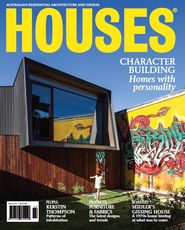
Project
Published online: 16 May 2013
Words:
Margie Fraser
Images:
Christopher Frederick Jones
Issue
Houses, April 2013

